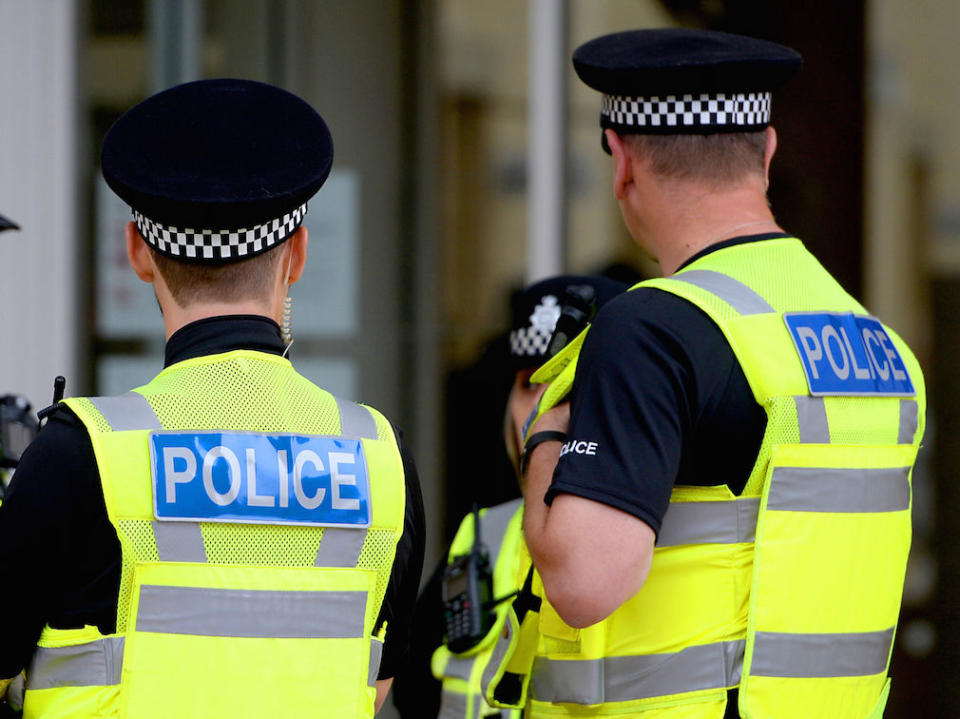Heatwave increases pressure on police as public 'react very strangely' to the hot weather

The UK heatwave has increased pressure on police because the public “react very strangely” to the hot weather, a senior officer has said.
John Apter, chair of the Police Federation, told The Independent that the heatwave had put “unprecedented demand” on forces around the country.
“The public react very strangely when the weather gets hot,” he said.
“It’s nice to have good weather but the increase in demand adds to an already overstretched police service.”

Mr Apter said the heat causes more people to consume alcohol on the streets, which can lead to a rise in public order offences.
Coastal areas and beauty spots were most at risk when the temperatures rise, he said.
“You have areas like the New Forest where the policing model is the same in the winter as it is in the summer, but its population quadruples in size – you have places like this all over the country,” he said.

In addition to responding to public order incidents, police must also deal with medical emergencies linked to the hot weather, as well as bringing water and supplies to people stuck in long traffic queues.
Mr Apter said the heatwave has made policing a more difficult physical challenge for officers because of the weight of their protective equipment and long foot patrols.
MOST POPULAR ON YAHOO NEWS UK
Man, 32, charged with murder of midwife Samantha Eastwood after body discovered
Bizarre video shows snake eating pigeon on east London street
England’s most senior GP resigns after trolling doctors online with fake account
Tourist killed by shark in Red Sea while holidaying with wife and children in Egypt
He said: “Policing is in crisis and it’s not just for the summer months, it’s just continuing now.”
There was a record number of 999 calls last month, while West Midlands Police said emergency calls increased by 40% on July 7 – the day England played Sweden in the World Cup.
According to the BBC Reality Check, violent crime was 14% higher between April 2010 and June 2018 when the temperature was above 20C than when it was below 10C.
The highest temperature on Tuesday was 33.2C in Kent, but the current heatwave came to an end with thunderstorms and rain on Wednesday morning, and cooler temperatures are expected for the rest of the week.

Parts of England have spent the equivalent of about two months of 2018 without any recorded rainfall.
South-east England clocked up 64 days of zero average rainfall between January and July, while central England had 54 days.
The last time both regions recorded a higher number of rain-free days in this seven-month period was the mid-1990s.
Provisional figures from the Met Office show how this year’s hot, dry weather has taken its toll on areas of the UK.


In south-east England, 11 consecutive days with no rainfall were recorded from June 20 to June 30 – the longest uninterrupted dry spell in the region since May/June 1997.
The 64 days of zero average rainfall from January to July is already higher than the number recorded in south-east England for the whole of 2017 (58 days).
Frank Saunders, chief meteorologist at the Met Office, said: “After weeks of predominantly high temperatures and very little rainfall for many parts of the country, high pressure is finally breaking down, allowing a cold front to introduce cooler, fresher air from the Atlantic to all parts of the UK.
“Temperatures will still often be in the low to mid-20s Celsius in eastern parts of England for the rest of this week, which although is above average for the time of year, will be notably cooler than recent weeks.”

 Yahoo News
Yahoo News 

